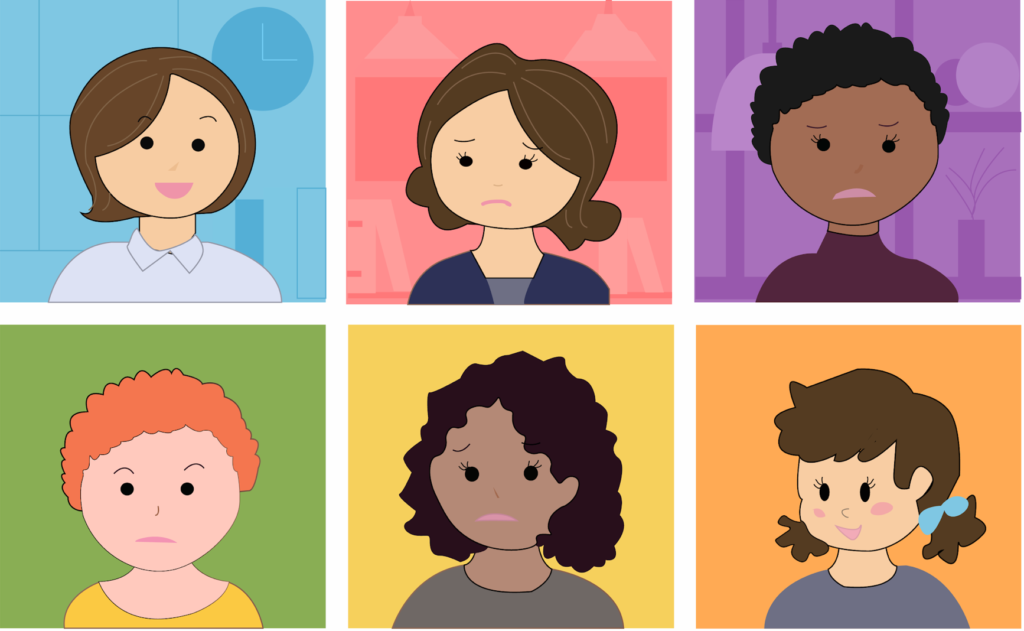New cases can be tracked using the District’s COVID-19 Dashboard.
Despite the rise of the highly transmissible new omicron variant, the district said that Saratoga and Los Gatos High Schools are unlikely to return to remote learning. District leaders say they are following all COVID-19 Safety Guidelines established by the County Health Department and Office of Education in an attempt to ensure students remain healthy and in classes.
The district currently partners with Inspire Diagnostics to host biweekly PCR testing for all students and staff at both schools, and though there has yet to be a severe outbreak, it has prepared a contingency plan to transition online in the case of one, assistant principal Brian Thompson said.
A community outbreak, according to the CA School COVID Safety website, occurs when “three or more people with COVID-19 within a 14-day period have had identifiable connections to each other at school.”
Returning to remote learning is a decision that would be made by the Santa Clara County Department of Public Health and the Santa Clara County Office of Education, not the district, said Thompson.
“The site itself does not have the ability to make the decision to shut down our school and return to remote learning,” Thompson said.
In an announcement emailed on Jan. 15, superintendent Michael Grove detailed information regarding the current status of remote learning plans. Emergency Orders issued by the State of California allowing school districts to switch to remote learning at any time based on local conditions expired in summer of 2021, Grove said.
“Under current law, all school districts are required to offer in-person instruction to all students and to offer an Independent Study (IS) option for students who do not want to attend school in-person due to Covid concerns,” Grove said. “Our district has provided both of these options to students since August. The AB 130 IS program comes with a plethora of requirements including having individualized contracts and intake meetings for each student and requiring parental consent to participate in IS.”
According to the Mercury News, Public Health Director Sara Cody encouraged schools not to go online because “remote learning doesn’t support [students’] mental health, emotional health and academic well-being nearly the way that in-person learning does.”
LGSUHSD will continue to remain in-person unless more staff members are unable to teach than there are substitute teachers available, Thompson said.
The district’s plan to shift to remote learning, which is similar to the format of the 2020-21 school year, would need to be approved by both Santa Clara County Office of Education and the State of California.
Though the school plans on continuing current COVID-19 guidelines and in-person instruction, some students believe that further restrictions should be implemented.
For sophomore Maithreyi Bharathi, who tested positive for COVID-19 after coming back from winter break, transitioning school online would have made schoolwork more convenient while she was out.
“I think anyone with symptoms should have to stay home. I know they already say to do that, but people don’t really want to because they could miss school,” Bharathi said. “SHS should improve the online format so people feel comfortable not coming to school. The school is not really incentivizing that currently because school is difficult to follow at home.”
Others believe that a hybrid system, similar to phase 3B last year, or staying in-person while tightening COVID-19 policies may be a better option.
“I think tightening up masking restrictions would be something to do as most students don’t wear their masks while outside,” sophomore Jarrett Singh said. “If students were infected with omicron or it became prevalent in the community, I think the school should consider returning to online learning temporarily.”
Math teacher PJ Yim, who was forced to stay home because of COVID protocols, was able to continue instruction with students remotely after needing to quarantine for 12 days. Though he found teaching remotely to be undoubtedly less effective than in-person instruction, Yim was grateful for resources such as Canvas and Zoom.
“[When I teach], I’m actively looking at students’ eyes. So I don’t even like the fact that students have masks on because I only get to see half of their face,” said Yim. “When I’m teaching on Zoom, the pictures are really tiny, so it’s even more difficult to read students.”
While he wasn’t able to be physically present in class, Yim was able to maintain his class plans with the help of teacher colleagues and substitute teachers.
When comparing his week-long remote teaching experience with the 2020-2021 school year, Yim found that because he already had half a semester to know his students, he was able to connect with them more, even through an online setting.
“I saw all of my students live and in-person for all of the first semester,” Yim said. “So in that regard, because I already knew them, being home wasn’t that bad.”
Others like senior Lance Wong believe that the school should only return to online instruction as a worst-case scenario.
“I think online learning was unproductive and unfavorable,” Wong said. “Returning to Zoom learning would almost certainly be a detriment to our education and high school experience as many of us were unable to properly connect with/consult teachers, see and efficiently work with classmates, and in general focus on our work.”
Senior William Leung strongly favors in-person instruction if at all possible.
“I think remote learning has a lot of disadvantages such as a loss of motivation,” Leung said. “It makes learning incredibly difficult and thus should really only be considered as a last resort.”


























